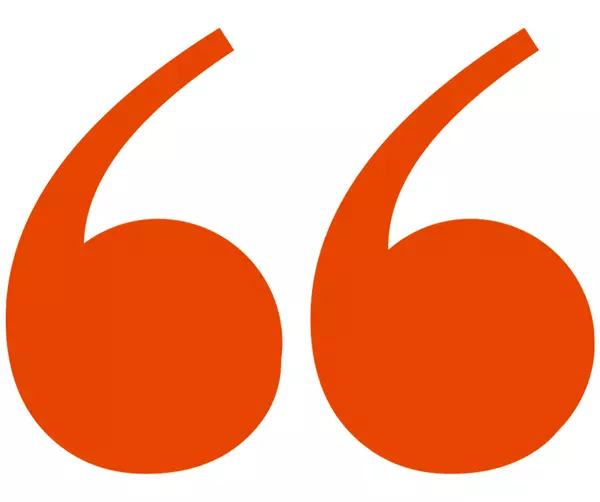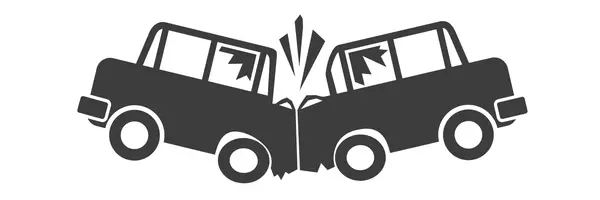
An Email to a Client About Buying and Selling in Our Slow Market
My clients, who want to buy and sell a new home, asked me if it were better to act now or wait until spring. Ultimately, as I'm not omniscient, there is no 'right' answer to give. But this is how I view it - a 'bird in the hand' approach. This email was a couple of weeks ago. My clients, in the

What's the Minimum Amount I Need to Buy A House?
We’re going to discuss the costs a homebuyer faces and what options exist to bring in the minimum amount of money when you buy a house. I’m going to talk about the down payment, inspections, earnest money, and closing costs. A couple of the items are pretty straightforward but a couple of others a

What is DTI & Why do I Care?
The first step in buying a house is to get pre-qualified for a mortgage. Without this, the process won't go far - few agents will work with you until you've been pre-qualified and few sellers will accept your offers if you’re not pre-qualified. For your own sake, pre-qualification also lets you kn
Categories
- All Blogs (15)
- Buyer (7)
- Economics (2)
- Financing (5)
- Holiday (1)
- Investor (3)
- Lake Oswego (1)
- Loan (4)
- Molalla (1)
- Mortgage (4)
- Neighborhoods (1)
- Portland Oregon (2)
- Pre-approval (3)
- Pre-qualify (1)
- Real Estate Knowledge (7)
- Real Estate Market (5)
- Real Estate Terms (1)
- Seller (4)
- Things to do in Portland Oregon (2)
Recent Posts










